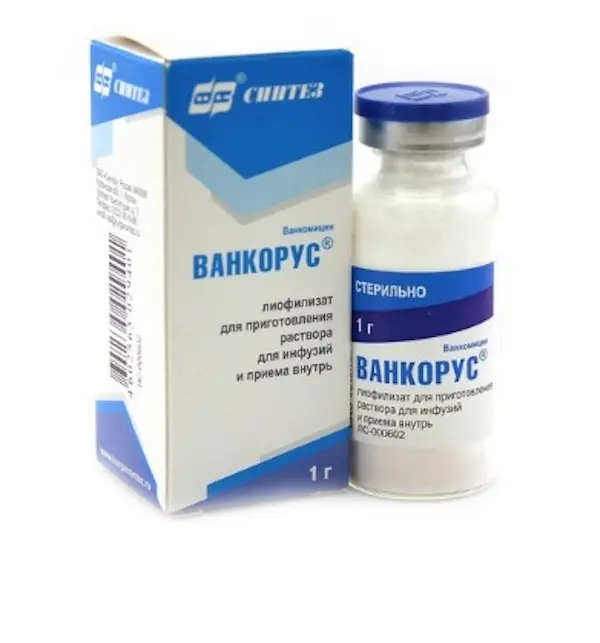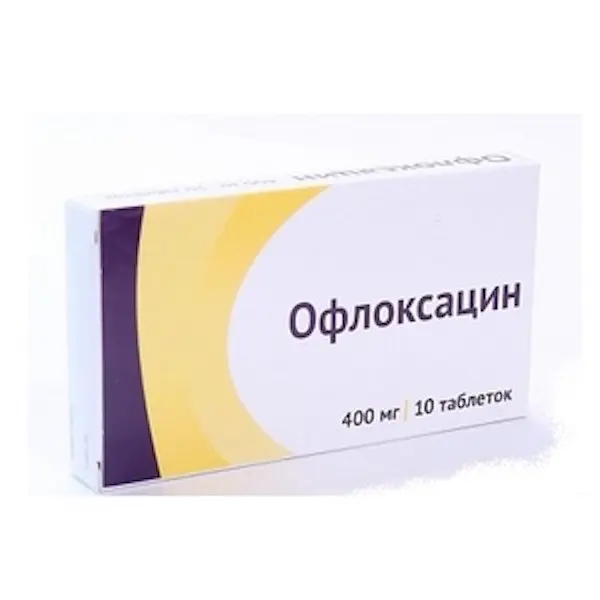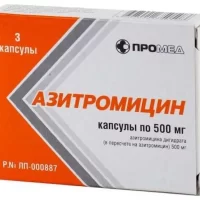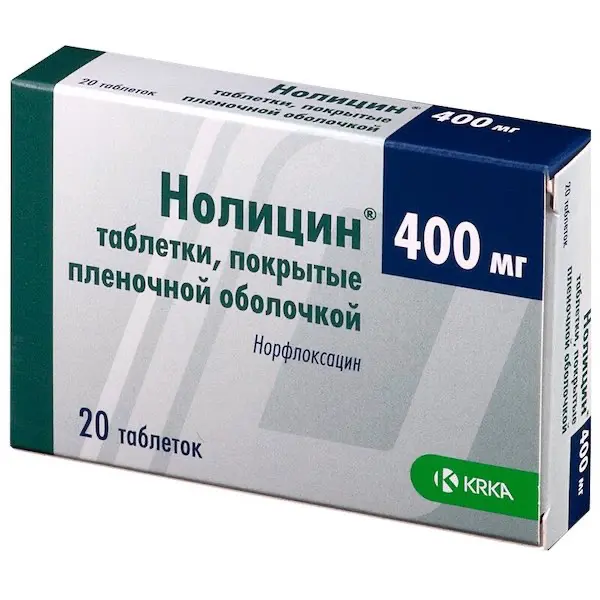Description
Vancorus Pharmacodynamics
Vancomycin is a tricyclic glycopeptide antibiotic, produced by Amycolatopsis orientalis. Bactericidal effect of vancomycin is manifested in the inhibition of bacterial cell wall biosynthesis, can change the permeability of the bacterial cell membrane and the synthesis of ribonucleic acid (RNA). It blocks the synthesis of the bacterial cell wall at a site different from that affected by penicillins and cephalosporins (it does not compete with them for binding sites) by firmly binding to D-alanyl-D-alanine residues of peptidoglycan subunits (located on the outer surface of the cytoplasmic membrane), the main component of the cell wall, which leads to cell lysis.
It exhibits bactericidal action against many Gram-positive bacteria and bacteriostatic action against Enterococcus spp.
Bactericidal effect on Enterococcus spp. is achieved by combined administration of vancomycin and aminoglycosides. There is no cross-resistance between vancomycin and antibiotics of other classes.
Active against Gram-positive microorganisms: Staphylococcus aureus, Staphylococcus haemolyticus, Staphylococcus epidermidis (including heterogeneous methicillin-resistant strains), Streptococcus spp. (Streptococcus pyogenes, Streptococcus pneumonia, Streptococcus agalactiae and others, including penicillin-resistant strains), Enterococcus spp. (including Enterococcus faecalis), Ctostridium spp., Propionibacterium acnes, Actinomyces spp., some strains of Lactobacillus spp., Rhodococcus spp., Corynebacterium spp., Listeria monocytogenes, Bacillus spp.
In vitro some isolated strains of Enterococcus spp. and Staphylococcus spp. may show resistance to vancomycin. In combination with aminoglycosides synergism is observed in vitro against many strains of Staphylococcus aureus, group D streptococci not belonging to enterococci, Enterococcus spp., Streptococcus group viridians.
In combination with gentamicin, tobramycin, rifampicin, imipenem, synergism is observed against Staphylococcus aureus. In some cases, when combining vancomycin and rifampicin, antagonism of action against strains of Staphylococcus spp. is observed, this combination of drugs also shows synergistic action against some strains of Streptococcus spp. Vancomycin is inactive in vitro against Gram-negative microorganisms, mycobacteria and fungi. Optimum action is at pH 8, the effect is sharply reduced when pH is reduced to 6. Development of staphylococcal resistance during therapy is very rare. The value of minimum suppressive concentration (MSC) for most antibiotic-sensitive microorganisms is less than 5 µg/ml, MSC value for vancomycin-resistant strains of Staphylococcus aureus reaches 10-20 mg/l. When administered orally it has minimal systemic effect, acts locally on sensitive microflora in the gastrointestinal tract (GIT) (Staphylococcus aureus, Clostridium difficile).
Indications
For intravenous infusions.
Vancomycin is used for serious or severe infections caused by susceptible microorganisms, including Staphylococcus spp. (including penicillin- and methicillin-resistant strains), Streptococcus spp. (including penicillin-resistant strains); in allergic reactions to penicillin; in intolerance or lack of response to treatment with other antibacterial agents, including penicillins or cephalosporins; in infections caused by microorganisms sensitive to vancomycin but resistant to other antimicrobials.
– Endocarditis:
– caused by Streptococcus viridans or Streptococcus bovis (as monotherapy or in combination with aminoglycosides);
– caused by enterococci, such as Enterococcus faecalis (only in combination with aminoglycosides);
– early endocarditis caused by Staphylococcus epidermidis, Corynebacterium spp. after valve replacement (in combination with rifampicin, aminoglycosides or both);
– prophylaxis of bacterial endocarditis in patients with hypersensitivity reactions to antibacterial drugs of penicillin range and heart valve disease (before dental and surgical procedures).
– Sepsis.
– Infections of the central nervous system (meningitis).
– Bone and joint infections (including osteomyelitis).
– Lower respiratory tract infections (pneumonia, lung abscess).
– Infection of the skin and soft tissues.
For oral use.
– Pseudomembranous colitis caused by Clostridium difficile.
– Enterocolitis caused by Staphylococcus aureus.
Contraindications
Hypersensitivity to vancomycin, neuritis of the auditory nerve, breast-feeding period.
Caution
Hearing impairment (including in anamnesis), renal failure, patients with an allergy to teicoplanin (possibility of cross-allergy), pregnancy.
Administration during pregnancy and breast feeding period
Administration during pregnancy is possible only on “vital” indications in case when the expected benefits to mother exceed the potential risk to fetus. If it is necessary to use the drug during lactation, breastfeeding should be discontinued for the period of treatment with the drug.
Dosage and administration method
- For intravenous (IV) infusion and oral administration.
- Vancorus® is administered only intravenously by drop infusion!
- Vancorus® must not be administered intramuscularly or intravenously by bolus (jet)!
- When administered intravenously the recommended concentration of vancomycin is not more than 5 mg/ml, infusion rate – not more than 10 mg/min.
- Adults and children over 12 years of age with normal renal function should administer the drug by IV 2.0 g per day (0.5 g every 6 hours or 1.0 g every 12 hours). Each dose should be administered at a rate not exceeding 10 mg/min and for at least 60 min. The maximum single dose is 1.0 g, the maximum daily dose is 2.0 g.
- For children aged 1 month to 12 years old the drug should be administered intravenously at a dose of 10 mg/kg every 6 hours. Each dose should be administered for at least 60 minutes. The recommended daily dose is 40 mg/kg.
- For newborns the initial dose is 15 mg/kg, then 10 mg/kg every 12 hours during the first week of life. Starting from the second week of life – every 8 hours until the age of 1 month. Each dose should be administered for at least 60 minutes. When administering to newborns, monitoring of vancomycin serum concentrations is desirable.
- The concentration of prepared vancomycin solution should not exceed 5 mg/ml.
- The maximum single dose for newborns is 15 mg/kg of body weight, the daily dose for the child should not exceed the daily dose for an adult (2.0 g).
- In patients with obesity the drug is prescribed in usual doses.
- In patients with impaired renal function the dose should be adjusted individually.
- Creatinine clearance (CK) can be used to adjust the dose of vancomycin for this group of patients. Correction can be made by increasing the intervals between injections or by reducing the single dose of the drug.





